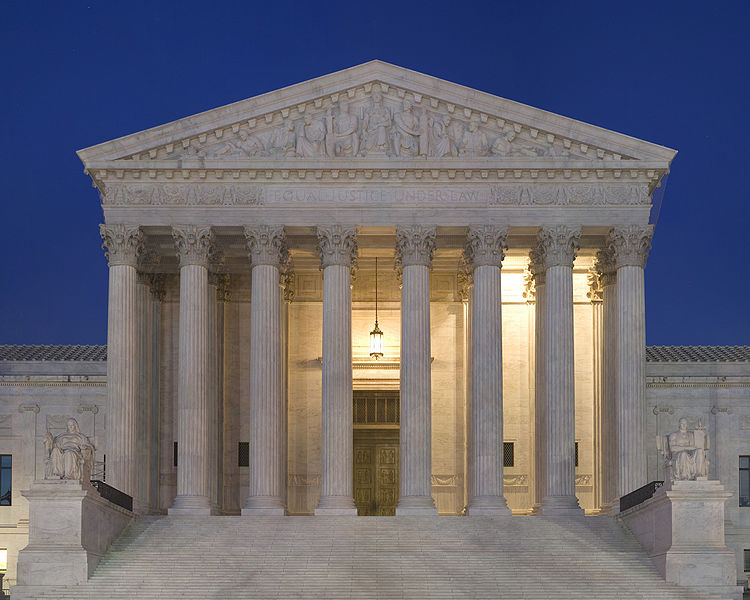
The Supreme Court of the United States (SCOTUS) concluded its October 2018 term in June. The court reversed lower court decisions at a rate of 64.9 percent, the lowest rate since the October 2015 term (63.2 percent). The rate was 5 percent lower than the court’s total reversal rate since 2007 (69.8 percent).
The court decided 74 cases. It affirmed a lower court’s decision in 26 cases and reversed a lower court’s decision in 48 cases.
Since 2007, SCOTUS has released opinions in 923 cases. In that time, it reversed a lower court decision 644 times (69.8 percent) and affirmed a lower court decision 261 times (28.3 percent).
More SCOTUS cases originated in the Ninth Circuit (14) than any other, and the court reversed more Ninth Circuit rulings (12) than any other circuit’s.
SCOTUS has decided more cases originating from the Ninth Circuit (181) than from any other since 2017. The second-most cases (66) originated in the Sixth Circuit. The Sixth Circuit (55 of 66 cases, or 83.3 percent) had the highest rate of reversed cases since 2007.
The Supreme Court hears and reaches decisions in 70 to 90 cases each year. There are two major possible outcomes in a SCOTUS case—it can affirm a lower court’s ruling or reverse it. The vast majority of SCOTUS cases originate in a lower court—either one of the 13 appeals circuits, state-level courts, or U.S. district courts. Original jurisdiction cases cannot be considered affirmed or reversed since SCOTUS is the first and only court that rules in the case.
Additional reading:

